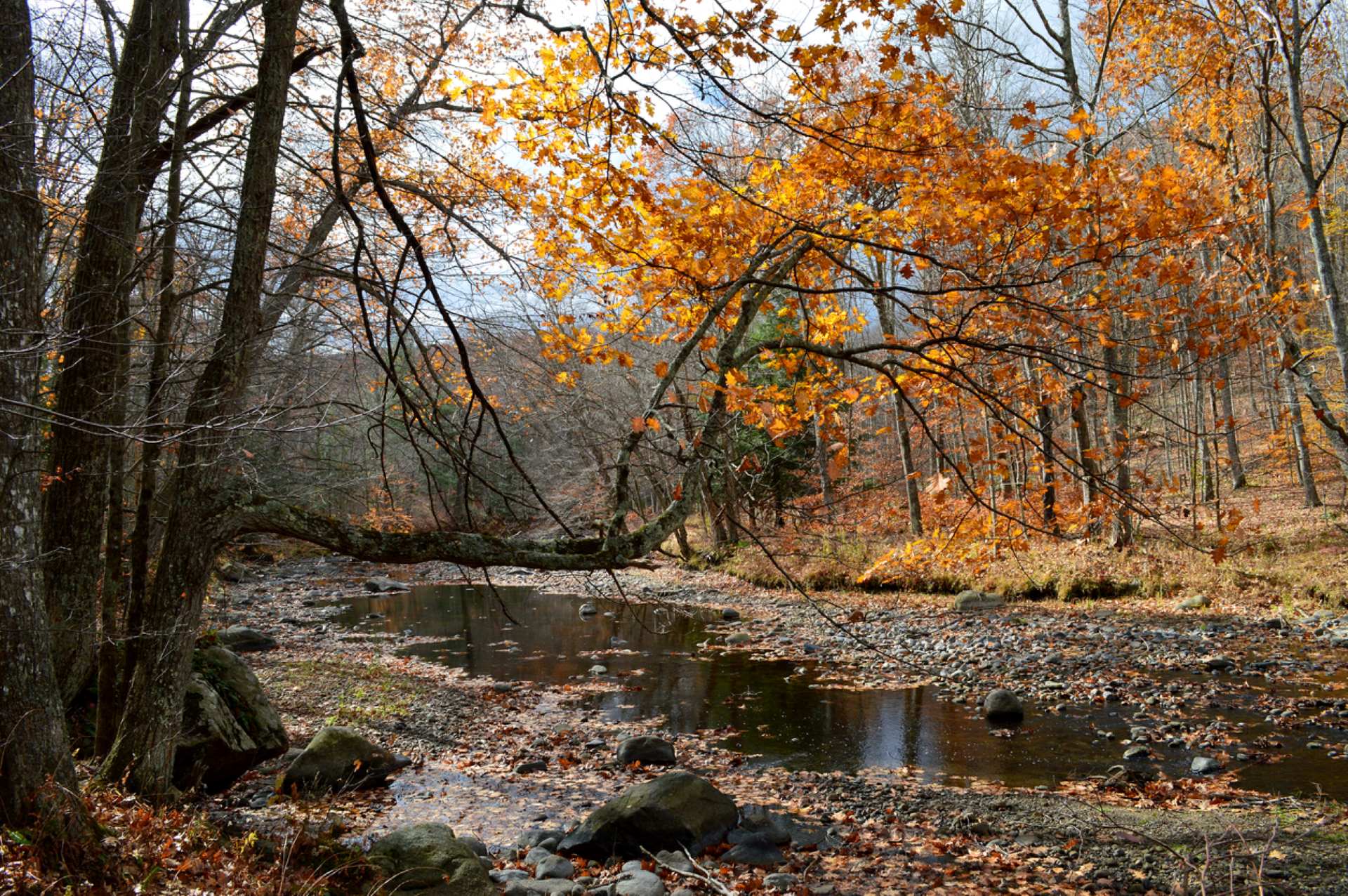A historically dry autumn for portions of the Northeast has left many areas parched and prone to rare wildfires. Connecticut's governor declared a state of emergency as elevated fire conditions spilled over from October into November.
What's happening?
Portions of Connecticut and several other states in the Northeast endured their driest October on record. The Northeast Regional Climate Center reported that eight of its regions' 35 major climate sites had their all-time driest month. Philadelphia, New York City, and Atlantic City were included in the list.
The arid conditions continued into November. During the middle of November, the dew points, a measurement of moisture in the air, observed across Connecticut were as low as those seen over parts of the desert Southwest. At one point, red flag warnings cautioning of critical fire conditions covered all of Connecticut, Rhode Island, and Massachusetts along with southern Vermont and New Hampshire. Those warnings were in effect on a day when fire crews were battling large fires in Pennsylvania, Massachusetts, New York, North Carolina, and Virginia.
🗣️ Do you worry about air pollution in your town?
🔘 All the time 💯
🔘 Often 😢
🔘 Only sometimes 😟
🔘 Never 😎
🗳️ Click your choice to see results and speak your mind
At least 377 wildfires have burned a combined 628 acres in New Jersey since the middle of September. "We have never experienced conditions like this," New Jersey Forest Fire Service Chief Bill Donnelly said, per The New York Times. "It's so dry, the fires are burning down into the ground and are continuing to smoke."
Why are autumn wildfires in the Northeast important?
Many parts of the Northeast have actually experienced an increase in rainfall intensity in recent years. An analysis by Climate Central found some of the largest average increases in hourly rainfall intensity have occurred there. The study showed a 13% increase for the region from 1970 to 2022. An outbreak of autumn wildfires fueled by drought conditions might seem counterintuitive, but climate scientists aren't surprised.
"Warm, dry episodes such as this are expected to become more common in a warming world, despite the fact that overall the region is supposed to get wetter," David Robinson, the New Jersey state climatologist, told the Times.
Our overheating planet is supercharging the water cycle. A study done by NASA scientists and published in the journal Nature Water concluded that our warming world will cause "more severe, longer and/or larger droughts" and floods.
What's being done about rare wildfire outbreaks in the Northeast?
The best way to cool our planet and diminish the steroid-like impact heat-trapping gases are having on Earth's weather is to turn away from dirty energy sources in favor of cleaner, renewable energy options.
Changes we can make in our homes, including installing solar panels and heat pumps and washing clothes in cold water, can help.
Join our free newsletter for good news and useful tips, and don't miss this cool list of easy ways to help yourself while helping the planet.









